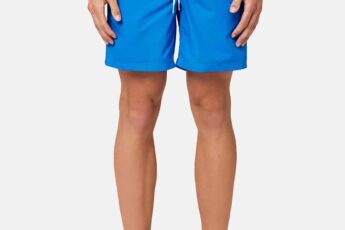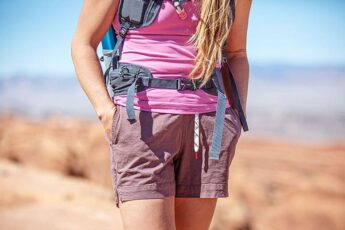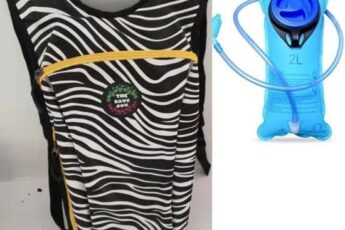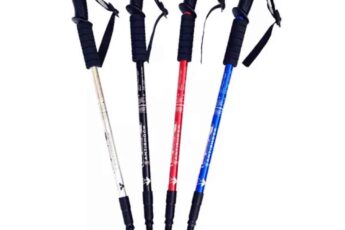When you’re looking for hiking shorts, there are a few key factors you need to consider. UPF rating, Material selection, style, and comfort are just a few of the considerations. The right shorts will be comfortable and protective, as well as offer the features you’re looking for.
UPF rating
Hiking shorts can be an essential part of your hiking outfit, but not all pairs are created equal. Some are better than others in terms of UPF protection, overall functionality, and pocket space. Here are some things to look for in a pair of shorts: Read the UPF rating, consider the size, and choose a model with a gusseted crotch.
The higher the UPF number, the better. You’ll want a hiking short with a UPF of at least 30. You’ll also want to avoid cotton or cellulosic fibers, since they don’t protect from the sun as effectively as merino wool does. Merino wool is a natural fabric that can have a UPF of up to 50. The density and weave of the material will determine its UPF rating.

Material selection
The material you choose to make your hiking shorts will determine their comfort, durability, and mobility. Most shorts are made of nylon, polyester, or elastane/spandex. A higher percentage of elastane will give you more mobility and stretch. Nylon, on the other hand, will be tougher and durable.
Durable water-repellent is another great feature to look for in your shorts. This coating is applied to the material during the manufacturing process and will repel water. This helps keep your shorts dry in inclement weather, like on the Appalachian Trail. If your shorts don’t repel water well, they will soak through after prolonged exposure. This type of fabric should be durable but also breathable.
Another factor to consider is UV protection. Hiking shorts are meant to protect your upper legs from harmful UV rays, so it’s important to choose shorts made of sun-blocking fabric. The UPF rating of a fabric is based on several factors, including its weave, thickness, and type of fiber. In addition to the UPF rating, you should also consider the construction, treatments, and condition of the garment.
Comfort
When hiking, you need to consider your comfort level. Oftentimes, hiking shorts can feel uncomfortable, especially if they have large cargo pockets. These pockets are likely to bang against your thighs and knees. You also need to consider the breathability of the material. A good pair of shorts should have mesh-lined pockets that allow moisture to evaporate.

Some of the best hiking shorts are made with stretch-woven fabrics that are lightweight and comfortable. Look for four-way stretch fabric and an adjustable drawstring waistband. The right pair of shorts can help you stay comfortable for hours on end.
Style
When choosing a hiking short, you’ll want to consider your height and weight as well as the style of hike you plan to take. If you’re short, you may want a pair that are a little above the knee. If you’re average-height, you might want to go with shorts that come just below the knee.
There are many different styles of hiking shorts to choose from. Some are designed for comfort, while others offer more style. For example, a tank top or t-shirt can look great under a pair of breathable hiking shorts. You can also wear jeans and other shorts made of a breathable material such as cotton or denim. In cold weather, a cropped vest can be worn over the shorts to keep you warm.
Price
Hiking shorts are a versatile piece of clothing that are perfect for the outdoors. They offer more air flow and moisture-wicking capabilities than pants, and they are especially comfortable in warm weather. They are also lightweight, making them a great choice for ultralight hikers. However, the price can be an issue.

Hiking shorts come in a wide range of prices. There are premium shorts, which cost more than $100, and more affordable options, which are made from less expensive materials. The Arc’teryx Gamma Quick Dry shorts, for example, cost $130. However, there are cheaper options available, and they have similar features and durability. For example, the OR Ferrosi shorts, which cost less than $90, are another good option. However, they do not have belts and do not have the same stretch. You can also find cheaper hiking shorts in thrift stores and REI’s garage sale.
Hiking shorts aren’t cheap, but they aren’t impossible to find for under $50. However, it is important to look for hiking shorts that offer adequate protection and coverage. Cheap hiking shorts may not offer UPF protection or aren’t as durable as more expensive options. They may also be designed for other activities, such as biking or running, and may not be the best option for hiking.
aeorienteering.com is reader-supported. When you buy through links on our site, we may earn an affiliate commission.








